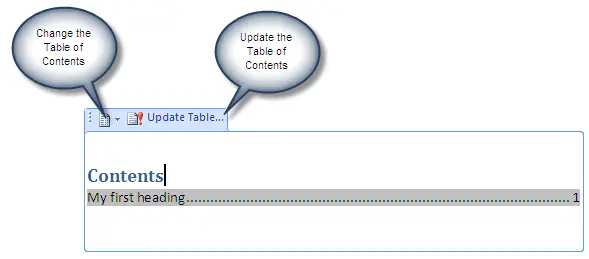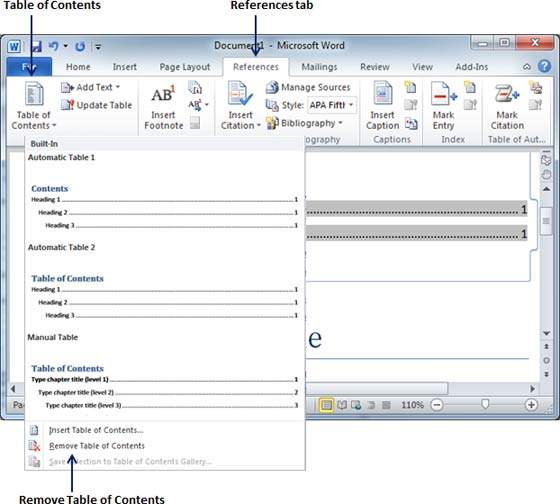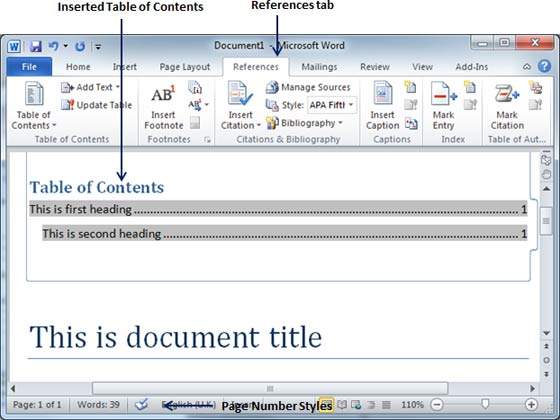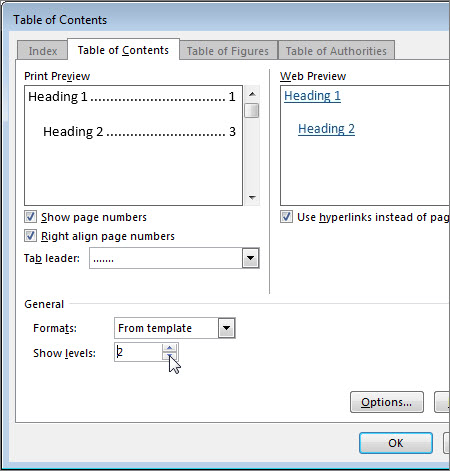

And if you ever decide to rearrange your sections or add more information, you’ll have to update everything all over again.


You could create a table of contents manually-typing the section names and page numbers-but it would take a lot of work. A really basic table of contents might look like this: It lists each section in the document and the page number where that section begins. Fortunately, Word allows you to insert a table of contents, making it easy to organize and navigate your document.Ī table of contents is just like the list of chapters at the beginning of a book. Depending on the project, it might be dozens or even hundreds of pages long! When a document is this large, it can be difficult to remember which page has what information. Imagine you’re working with a really long document in Microsoft Word, like an academic paper or a big report.

Another useful feature of heading styles is that it updates the user documents upon addition or deletion of heading content.How to create a table of contents in Word Heading styles can automatically format your document and adds your entries into the table of contents. It can be done so by using the Heading styles. Repeating this procedure will enable users to make multiple entries in their table of contents.Ĭreate Table of Contents Automatically in WordĬreating table of contents automatically is much simpler in word. After verifying your alignments select the Leader option and press enter to finish. After doing so select Tabs>Tab stop position and enter where you would like to position your page number. Next go to Page Layout tab and select Paragraph Dialog box. In a new document go to the other side of the page by pressing the Tab button and then type your page number and select you tab stop character. How to Create Table of Contents Manually in Wordįirstly the user has to choose the style and format of their Table of contents.


 0 kommentar(er)
0 kommentar(er)
